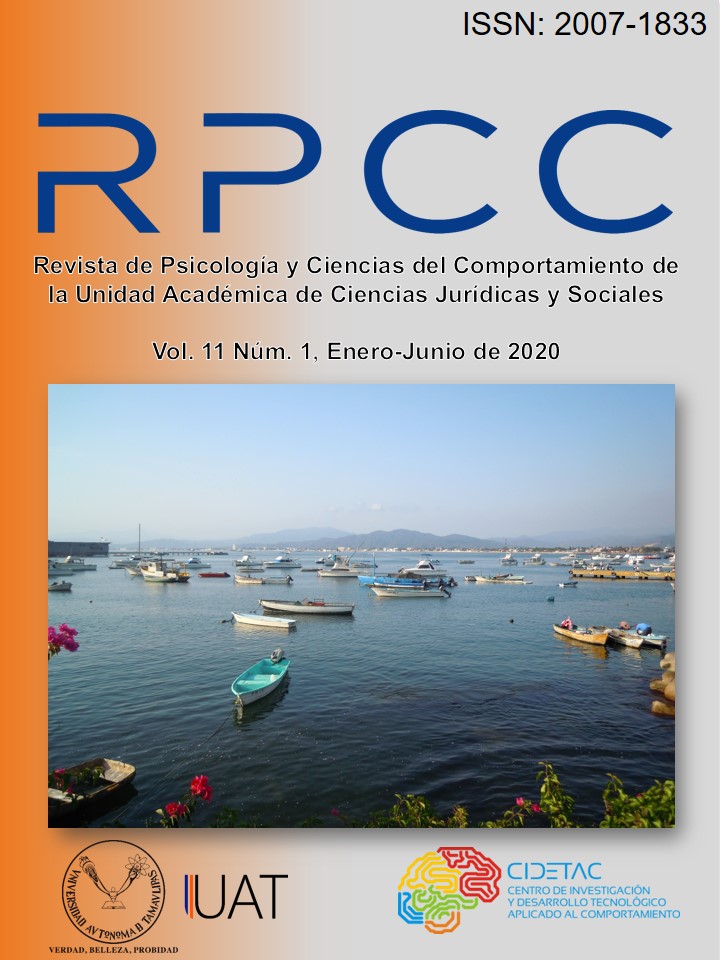Evaluation of cognitive tasks of infants in socio-environmental vulnerability using a short version of WISC IV
DOI:
https://doi.org/10.29059/rpcc.20200617-102Keywords:
cognitive performance, environmental hazard, social vulnerability, pesticides, working memoryAbstract
The objective of the study described in this article was to associate social vulnerability with cognitive performance in groups of children living in contexts of environmental threat. The research design was non-experimental, correlation-comparative, and carried out in two phases. Children from six to twelve years old, residing in Hermosillo, Sonora, Mexico (n = 432), 88.2% in agricultural localities and the remaining 11.8% in urban context partici-pated, in the first phase 184 subjects participated and in the second 248. Indicators of the Social Vul-nerability, the AMAI test, the progressive matrix scale and the WISC IV test were used. In results, a negative correlation was observed between social vulnerability in threat contexts and cognitive per-formance (r = -.437); and two clusters were identi-fied, the so-called "Greater Social Vulnerability" (n = 115) and the named "Less Social Vulnerabili-ty" (n = 41). The study concluded on the need to integrate biophysical and social variables to the analysis of the cognitive performance of infants.
Downloads
Published
Issue
Section
License

This work is licensed under a Creative Commons Attribution-NonCommercial-ShareAlike 4.0 International License.
Those authors who have publications with the Journal of Psychology and Behavioral Sciences of the Academic Unit of Legal and Social Sciences, accept the following terms:
a. The authors will retain their copyright and guarantee the journal the right to first publish their work, which will be simultaneously subject to the Creative Commons Attribution-NonCommercial-Share Alike 4.0 International License. which allows third parties to share the work as long as its author and his first publication are indicated this journal.
b. Authors may adopt other non-exclusive license agreements for the distribution of the version of the published work (e.g., deposit it in an institutional telematic archive or publish it in a monographic volume) provided that the initial publication in this journal is indicated.
C. Authors are allowed and recommended to disseminate their work through personal communication (e.g. colleagues) before and during the submission process, for purposes of feedback or enrichment of the work, which can produce interesting exchanges








